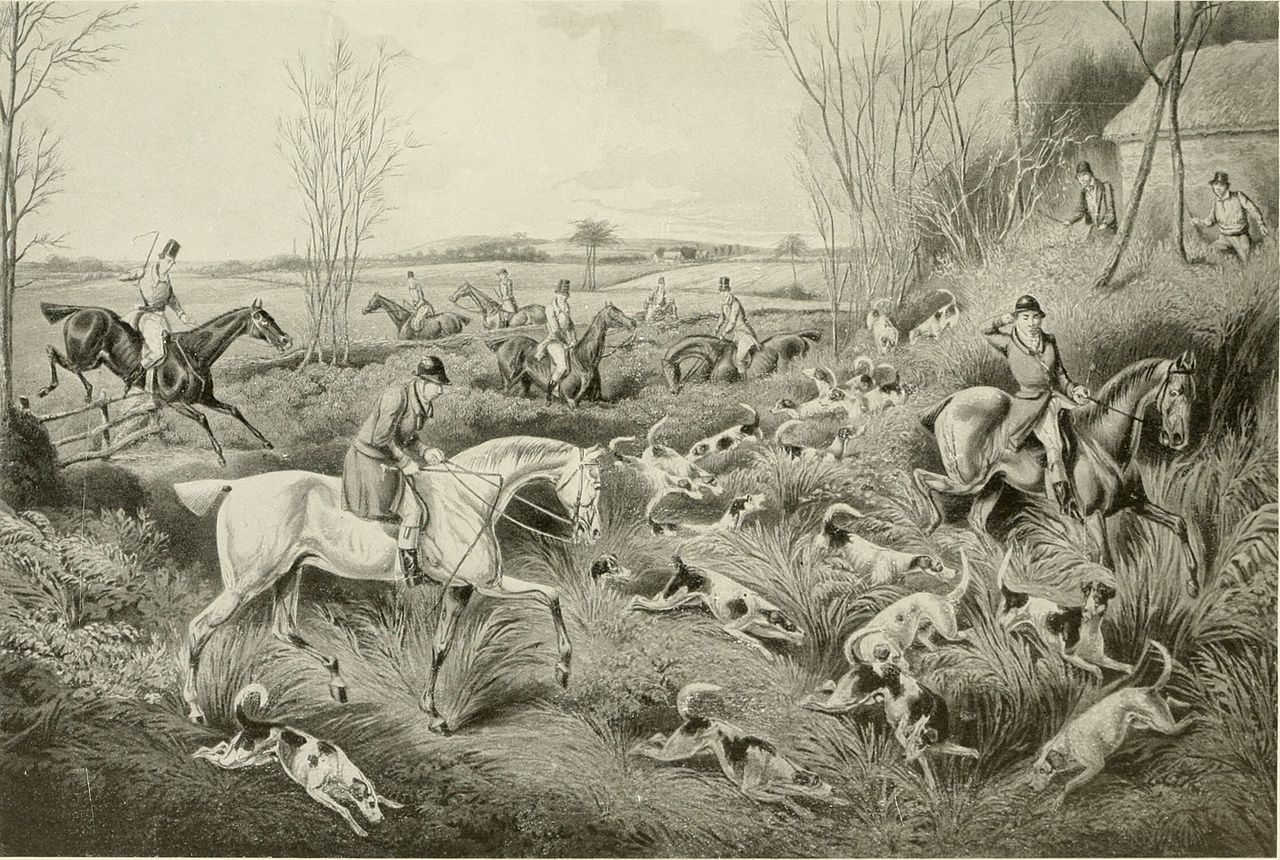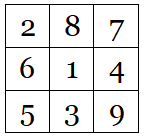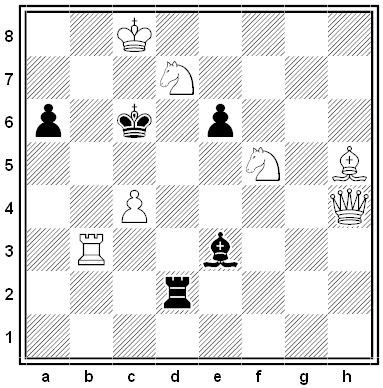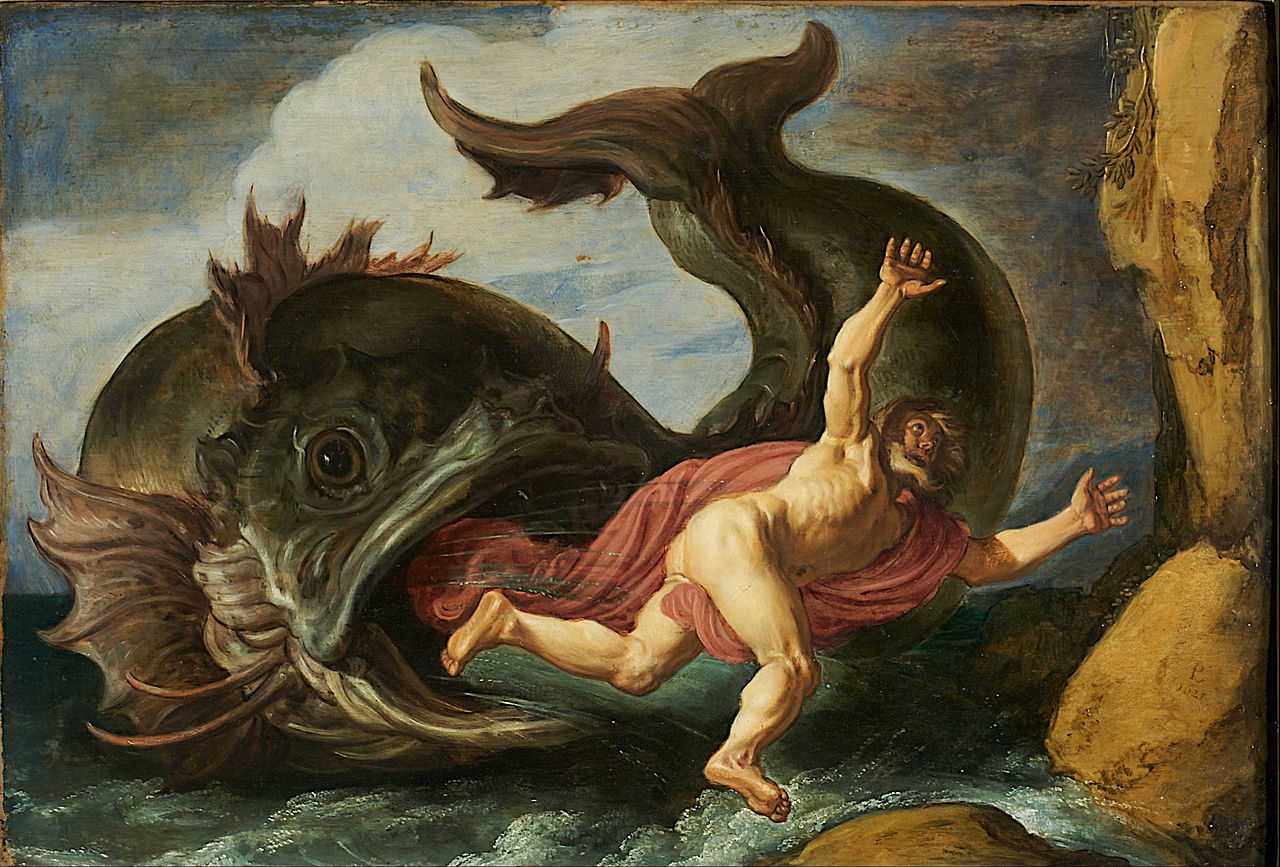These three riddles have the same answer. What is it?
He who with his hands puts it together will not be poor, and he who buys it, does not wish to use it, and he who uses it, does not know it: now you guess what it is.
— Johannes Secundus (1511-1536)
There was a man bespake a thing
Which when the owner home did bring,
He that made it did refuse it:
And he that brought it would not use it,
And he that hath it doth not know
Whether he hath it yea or no.
— Sir John Davies (1569-1626)
There was a man who bought a thing,
The thing he bought, he did not want,
The man who sold it, could not use it,
The man who used it, did not know it.
— Every Other Saturday: A Journal of Select Reading, New and Old, April 26, 1884







